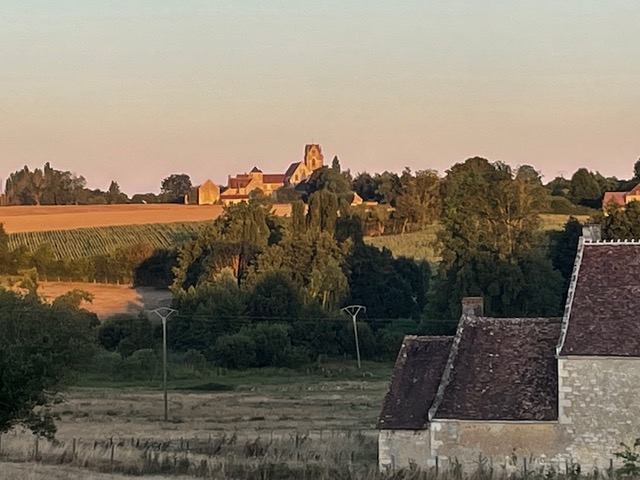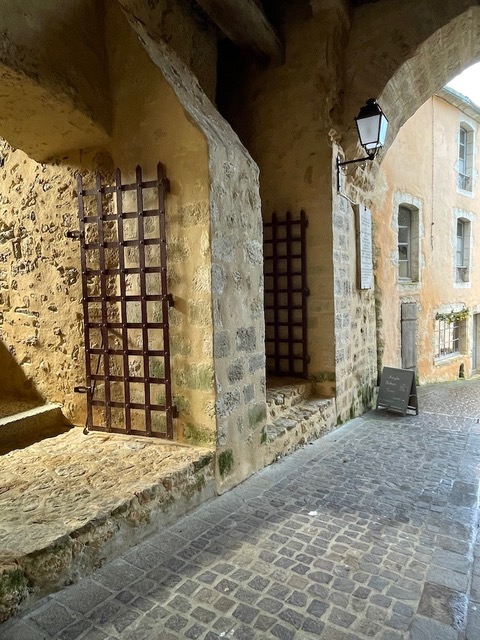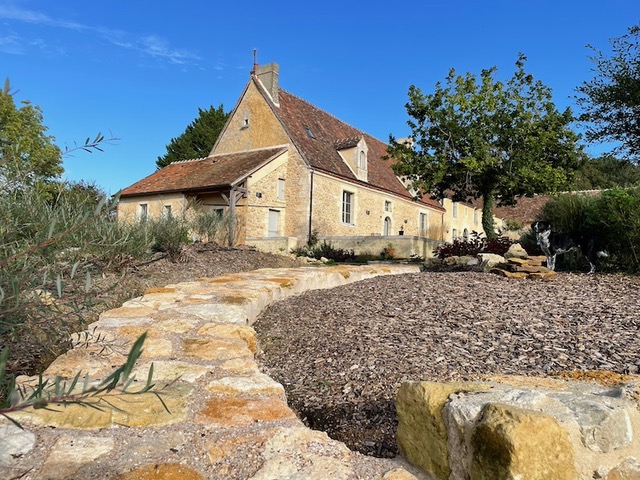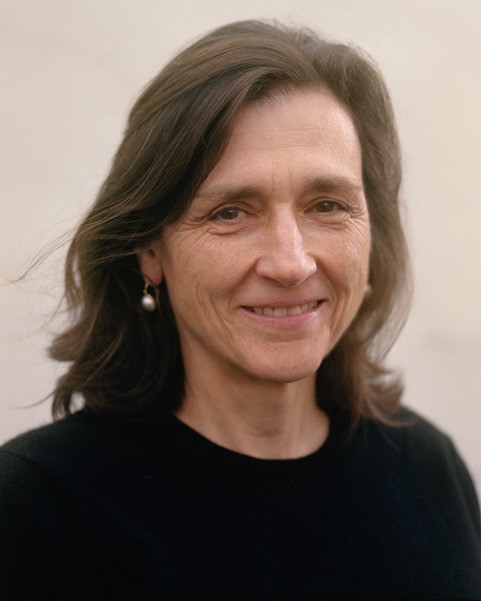Let me tell you about a region that is one of France’s best kept secrets.
It lies at the southern tip of Normandy, only two hours from Paris and an hour west of Chartres, yet it remains remote in the minds of many French people and certainly most tourists. The area, whose assignation dates from before the time that France named its administrative Départements and actually spreads into three of them (the Orne, Eure-et-Loire and Sarthe), is called the Perche.

My husband and I bought a house there in 2019 and it was like landing in heaven.
The gently rolling hills, hedgerows, forests, streams, and stone villages are largely protected from development because the area falls under the aegis of Regional Natural Park. There’s never much traffic on the infinite number of small roads, lanes, and footpaths you can explore.
We live at the end of one of those lanes, with no neighbours in sight, meaning we wake to the birds singing and the deer grazing and go to bed under a dome of stars – when it’s not raining (which it does with some frequency). It is tranquil but not isolated: a town with pretty much everything we need is only a 10-minute drive away. There’s even a golf course. Bellême is steeped in French history, most notably because in 1229, Blanche de Castille took refuge there with her son Louis to educate and protect the 12-year-old king from pretenders to the throne. He went on to become King Saint Louis.
Like many of the other small towns – Rémalard, Mortagne-au-Perche, Nogent-le-Rotrou – Bellême today mixes sophistication with the rustic and traditional. There are crafts and clothes shops, antique dealers, and book sellers. There’s a butcher, two bakers and a cheesemonger, along with a grocery for fruit, vegetables, and local products – and the Perche is very big on local products. Every Thursday morning, a market sets up next to the church, and if we miss that, there are other markets in other nearby towns most days of the week. Bellême also has a wonderful wine bar-restaurant where we eat regularly. In fact, there are five excellent eateries within a 20-minute radius of our house.
The whole area is rich in cultural and architectural history. Every village has a remarkable church, and the countryside is dotted with elegant manoirs and châteaux, many dating from the Renaissance. A particularity of the Perche are seigneuries (fortified farmhouses, really) built in the late 16th century as protective edifices for nearby towns. They were built in the luminous yellow stone that is typical of the Perche.
Nature is woven into life here, and over the last five years, we have discovered chemin creux, hollow footpaths arbored by hedgerows; trognes, trees that regularly get their heads cut off (then they grow back) to regulate their growth and make firewood; and the practice of plessage, intertwining the branches of a hedge into a fence-like shape.
Unlike other regions of France, the Perche is not famous for particular products – think cognac from Cognac or champagne from Champagne. But it is known for growing hemp, that marijuana look-alike that is used for making rope, textiles, and even shoes. Its non-narcotic seeds are considered a super-food and add a lovely nutty taste to a salad or soup, as well as giving you lots of Omega-3. You often see Percheron work horses grazing in fields or pulling wedding carriages through the towns.
And the Perche does have lots of apples. We inherited an orchard with 23 trees that produce much more fruit than we can possibly eat, no matter how many crumbles, compôtes, or jars of jam I make. So a local association comes in every year and turns what they harvest into juice. Alcoholic cider is also widely available – and delicious.
The Perche is not a complete secret. Quite a few Parisiens bought weekend houses here about 25 years ago, and many have since moved in full-time. They have injected much of the above-mentioned sophistication into an otherwise rural community of small hold farmers. During the long lockdowns France experienced in the Covid crisis of 2020-21, when city folk working from home were going crazy in cramped Paris apartments, word got out about the delights of life here and there was a new rush to scoop up houses.
We felt lucky to have bought just in time, to have been able to spend our lockdowns taking long walks in the beautiful light that the Perche is also known for without running into anyone, including police who were checking papers in town. My quiet and spacious home office was the perfect ambiance in which to finish my novel Civilisation Française.
These days the fad has faded; the real estate rush has calmed down. But the charms of the Perche remain unfazed and still provide much material for my online photo-essay A Paris-Perche Diary.
Mary Fleming was born in Chicago and has lived in France for many years. After working as a journalist and consultant, she turned to fiction and has written two novels, Someone Else and The Art of Regret. Her new novel, Civilisation Française, will be published by Heliotrope Books in July. Her bi-weekly photo-essay, “A Paris-Perche Diary,” tracks life in the city and the country (Normandy).





